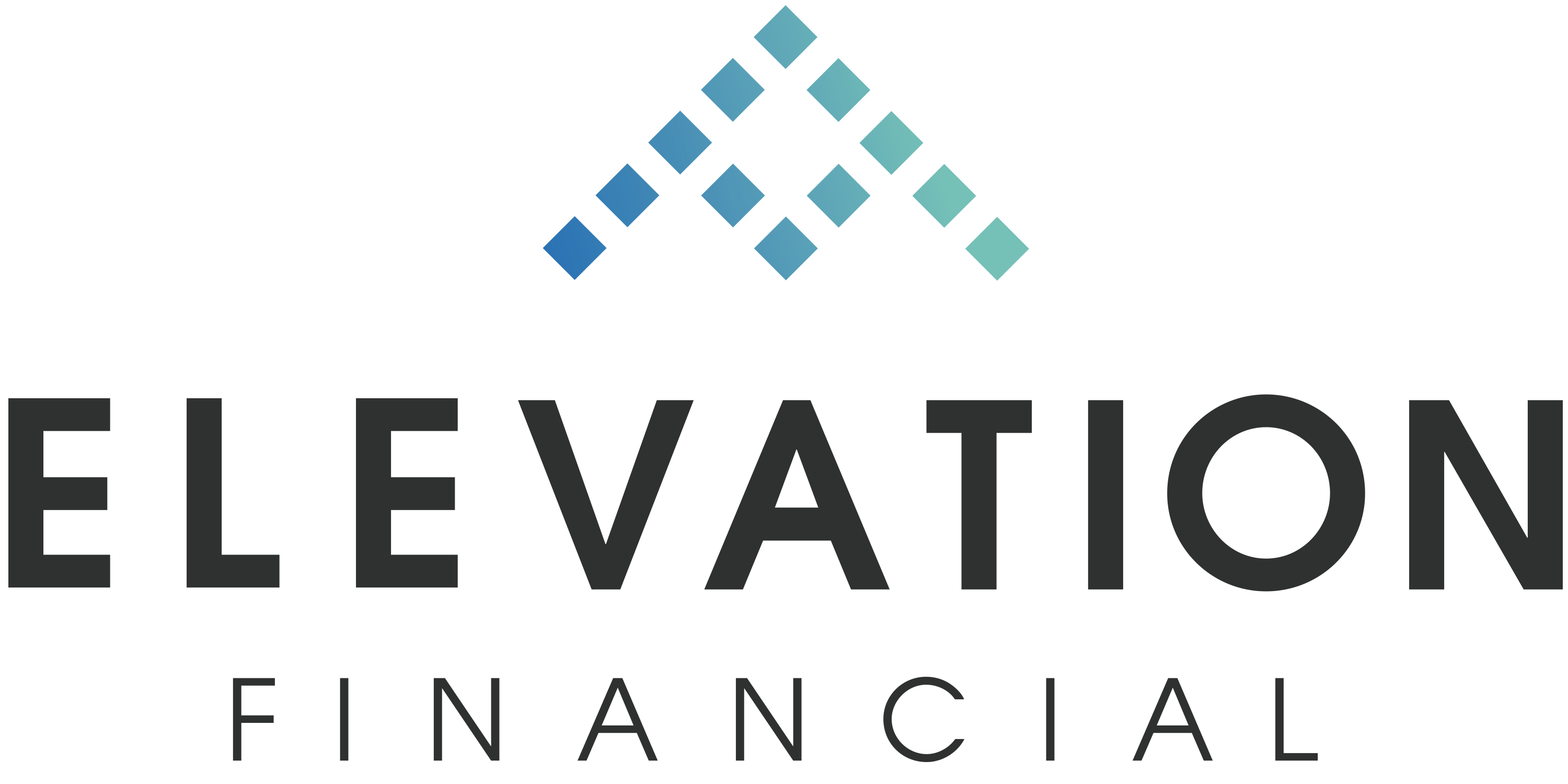
Share this Post
Subscribe

Need help with your money or investments? Book a consultation to learn more about working together.
5 Myths About 401(k) Plans That Need to Be Debunked
[Prefer to listen? You can find a podcast version of this article here: E239: 5 Myths About 401(k) Plans That Need to Be Debunked]
When it comes to saving for retirement, 401(k) plans are one of the most popular options available.
However, despite their widespread use, there are still plenty of myths and misconceptions surrounding how they work. These misunderstandings can cause people to miss out on opportunities, underestimate the value of their plan, or even make costly mistakes.
The truth is, a 401(k) can be a powerful tool for building a secure retirement if you know how to use it wisely. We'll dive into five of the most common myths about 401(k) plans, debunk them, and provide clarity so you can make the most of your retirement savings strategy.
Myth #1: Your money is "locked up" in a 401(k)
A common belief is that your 401(k) money is "locked up" until you retire. Not true!
There are several ways to withdraw money from a 401(k), each with its own rules and potential consequences. How you withdraw funds depends on factors like your age, employment status, and financial situation.
Here are the main methods for withdrawing money from a 401(k):
Regular Withdrawals (After Age 59½)
Once you reach age 59½, you can withdraw money from your 401(k) without facing the 10% early withdrawal penalty. However, the amount withdrawn is still subject to ordinary income tax.
- No penalty after 59½: You can access your funds freely.
- Taxes apply: Withdrawals are taxed as ordinary income.
Early Withdrawals (Before Age 59½)
If you withdraw from your 401(k) before age 59½, it is generally considered an early withdrawal, and you’ll likely face both taxes and a 10% early withdrawal penalty. However, there are exceptions where the penalty may be waived, including:
- Disability: If you become totally and permanently disabled.
- Medical expenses: If unreimbursed medical expenses exceed 7.5% of your adjusted gross income.
- Substantially equal periodic payments (SEPP): You can take out regular payments based on life expectancy without penalty, but this locks you into a fixed withdrawal schedule.
- Military service: If you are called to active duty for more than 179 days.
401(k) Loans
Many 401(k) plans allow you to take loans from your retirement savings, which must be repaid within five years (or longer if it's for a primary residence). Unlike withdrawals, loans are not taxed or penalized as long as they are repaid on time.
- No taxes or penalties: Loans aren’t taxed unless you fail to repay.
- Repayment required: You typically have five years to repay the loan with interest.
Hardship Withdrawals
- Large expenses: A hardship withdrawal from a 401(k) retirement account is for large, unexpected expenses.
- No repayment: Unlike a 401(k) loan, the funds need not be repaid. But you must pay taxes on the amount of the withdrawal.
- No penalty: A hardship withdrawal can give you retirement funds penalty-free, but only for specific qualified expenses such as crippling medical bills or a disability.
Rollovers to an IRA or New 401(k)
If you change jobs or retire, you can roll over your 401(k) funds to an IRA or your new employer’s 401(k) plan. Rollovers are not taxed as long as you transfer the funds directly into the new account, preserving the tax-deferred status.
- No taxes or penalties: As long as the rollover is done correctly, there are no taxes or penalties.
- Flexibility: IRAs often offer more investment options than 401(k)s.
In-Service Withdrawals
Some employers allow you to take in-service withdrawals, which let you access your 401(k) while still working for the company. This is more common after age 59½ but may also be available earlier under specific conditions.
- May be subject to taxes and penalties: Depending on your age, you might still owe taxes and an early withdrawal penalty.
- Mega Back-door Roth: After-tax funds can sometimes be rolled out into a Roth IRA.
Separation from Service (Age 55+)
If you leave your job at age 55 or older (or age 50 for public safety employees), you can withdraw funds from your 401(k) without the 10% early withdrawal penalty. This is known as the "Rule of 55."
- No penalty: If you meet the age and job separation criteria, you avoid the 10% penalty.
- Taxes still apply: You will still owe income tax on the amount withdrawn.
Myth #2: 401(k) plans have high fees
401(k) fees can vary, but they are generally low and have been declining in recent years. 401(k) fees can range from 0.2% to 1.5% of your assets, but the average is around 1%.
Fees depend on the size of the plan, the number of participants, the provider, and the plan's management. Larger companies with more employees tend to have lower fees.
Most studies suggest that 401(k) costs have been falling in recent years. This is in part due to employers shifting to lower-cost funds.
You can benchmark your savings every few years to compare your fees to other 401(k) plans and industry averages. You can also ask your provider for an itemized list of all service fees to make sure they're reasonable.
Myth #3: Your 401(k) will produce low returns
This myth stems from a misunderstanding of how investment and retirement accounts work.
A 401(k) is simply a type of retirement plan that serves as a "container" for your money. The container is what determines the tax treatment. The growth of your money is determined by how you invest that money.
Most 401(k) plans let you invest in mutual funds and ETFs and generally have options ranging from aggressive (mostly or all equity) to conservative (all or mostly fixed income or money market).
The funds available in your 401(k) are likely similar to funds available to you in your IRA or taxable brokerage account. And that is what determines the growth.
Myth #4: You should only contribute up to the match
Contributing more than the company match to your 401(k) is a smart financial move for several reasons. While the company match is a great perk that you should always take advantage of, putting in more than just the matched amount can significantly improve your financial situation in the long run. Here's why:
Boosting Retirement Savings
Contributing only up to the match might not be enough to reach your retirement goals. Most financial experts recommend saving 15% of your annual income for retirement, but employer matches are typically between 3% to 6%.
By contributing more, you can build a larger nest egg and ensure you have enough to maintain your lifestyle in retirement.
- Example: If you earn $70,000 per year and contribute 6% ($4,200) to get a 3% match ($2,100), you're saving $6,300 annually. However, if you aim to save 15% ($10,500), contributing beyond the match helps you hit that goal.
Tax Benefits
401(k) contributions reduce your taxable income, allowing you to save money on taxes today. When you contribute beyond the match, you're deferring even more of your income into a tax-advantaged account, lowering your current tax bill. For a traditional 401(k), this means you’re not taxed on the amount you contribute until you withdraw it in retirement.
- Example: If you're in the 24% tax bracket, contributing an extra $2,000 beyond the match saves you $480 in taxes in the current year ($2,000 x 24%).
For a Roth 401(k), contributions are made with after-tax dollars, but the withdrawals in retirement are tax-free. By contributing more now, you reduce the tax burden on future retirement income.
Myth #5: The "wealthy" don't use 401(k)s
There is a narrative that the wealthy don't use 401(k) plans. This commentary is often followed by a pitch for a financial product that is allegedly for wealthy people and, conveniently enough, is sold by the person making the pitch.
In reality, retirement accounts like 401(k)s and IRAs make up more than half of the wealth of high-net-worth individuals according to a Morning Consult survey.
As of June 2024, Fidelity Investments reported that there were roughly 497,000 401(k) millionaires in the U.S., which is a record high.
According to the National Study of Millionaires conducted by Ramey Solutions, 80% of millionaires Invested in a 401(k).
As you can see, the wealthy make good use of their 401(k) plans!
Conclusion
In short, while 401(k) plans can be a fantastic way to save for retirement, there are a lot of myths out there that can create confusion.
Don’t let these myths keep you from making the most of it and securing your financial peace of mind.

